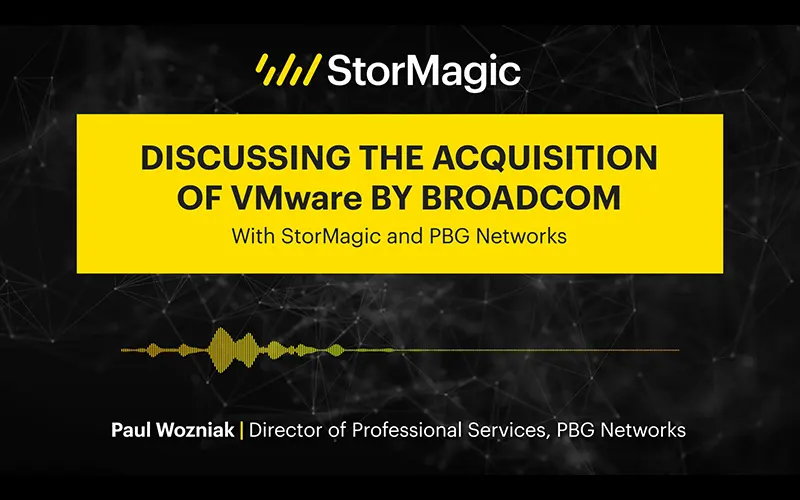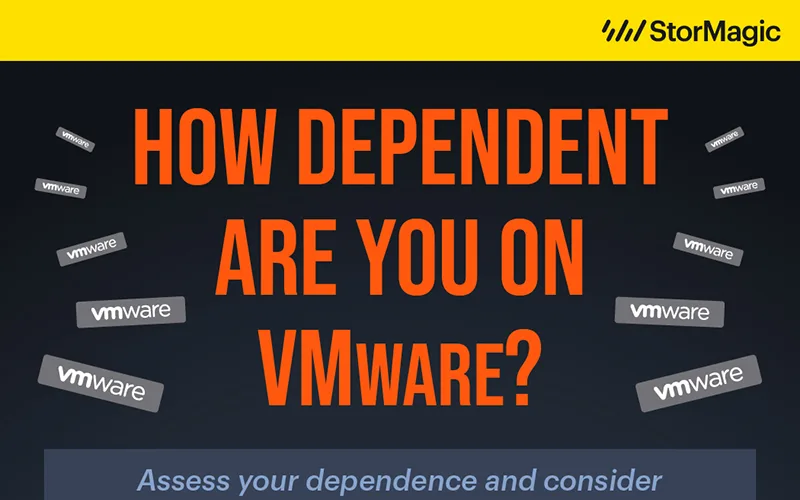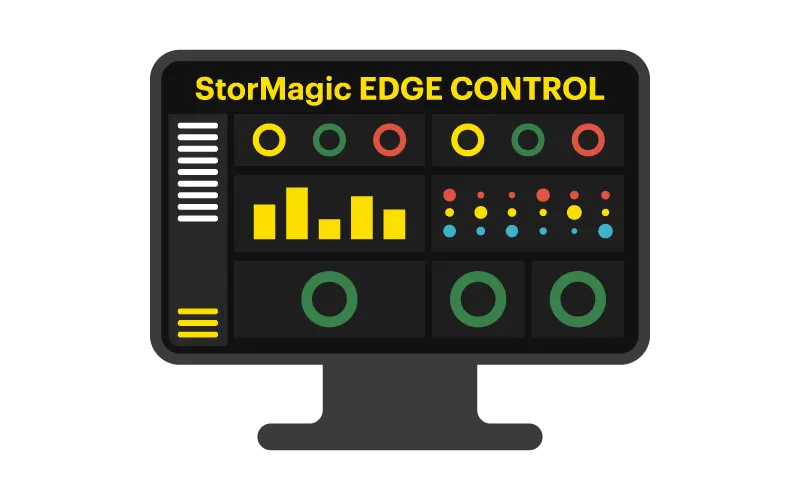At the beginning of October, Gartner published their latest Market Guide to help organizations searching for edge solutions to find those that best fit their needs. The report outlines the many facets of edge computing, describing what customers can expect from the edge market now, in the short term, and in the future as the market matures.
The key points the Gartner Market Guide describes are:
- The rapid evolution of offerings that existing and new IT vendors are creating and repositioning
- The eight submarkets and overlapping offerings that currently exist in the space and what’s required from them for an end-to-end solution
- What’s predicted for the edge market’s future including offerings, frameworks, capabilities, and functionalities
- Gartner recommendations for I&O leaders responsible for edge computing projects.
What is edge computing and how does it work?
![]()
Gartner defines edge computing within the Market Guide as follows:
The edge computing market provides the hardware, software and services to extend an agile digital enterprise to the edge, enabling lower latency, reduced data traffic, and semiautonomous computing. It must be easy to use and manage, connect seamlessly and enable compute capabilities from simple filtering to rich machine learning where needed in the distributed computing value stream. Edge computing can be delivered as a service, or through hardware and software deployed in the path of data flow — at or near the edge. Edge computing is used by enterprises of all industries to collect, process, filter, augment and/or forward information within or from any location (e.g., offices, stores, factories, vehicles) to achieve the stated business outcomes.
The edge computing market consists of several submarkets that overlap, some of which are still evolving and growing (particularly as existing vendors modify their offerings to support new user requirements and technologies, and as vendors fill industry gaps). A benefit of this current market model for end-users is that their exact needs are able to be addressed, thanks to many solutions being highly customizable and first-of-a-kind.
However, as standard and repeatable patterns emerge, these overlapping submarkets will likely settle into a number of clear, well-defined markets over the next six years. Today, there are a total of eight submarkets for edge computing which can be identified as:
- Edge management and orchestration
- Internet of Things (IoT) platforms
- Edge data management
- Edge analytics and machine learning
- Edge computing server solutions
- Edge communications infrastructure
- Datacenter and content delivery network (CDN) edge services
- Edge vertical industry solutions
Market Phases: In What Direction is Edge Computing Headed?
According to Gartner, when a new market emerges, it typically follows three phases which change and mature as time progresses. The typical evolutionary cycle for a market goes from products that are flexible and highly customizable (phase 1), to products that identify use cases and the workload needed for their environments (phase 2), to well-established complete solutions (phase 3).
Phase 1
At present, the edge computing market sits in “Phase 1”, meaning that it is driven by highly diverse use cases like vertical industry, requirements, and unique interactions, rather than broader edge-computing strategies. These customized, first-of-a-kind solutions have existed for several years.
Phase 2
Gartner believes that once enterprises begin their deployment of edge computing solutions, they will start to identify new use cases and workloads that share similar edge computing requirements. With these organizations typically focused within a single vertical, phase 2 will therefore be characterized by vertically-oriented edge computing suites and packages that extend beyond the types of solutions currently available.
Phase 3
After a four to six-year flux within edge computing, Gartner predicts that the market will move into its final phase. This will involve the market shaking out and resolving itself into specific submarkets and ecosystems. Instead of flexible solutions which can become redundant as a company grows, partners will be able to deliver total, complete solutions to their end users to cover their edge needs.
Overall Market Analysis
With massive differences in the edge computing market, as well as edge computing’s focus on customer-specific use cases, it’s difficult for vendors to build scalable business models. Gartner findings also suggest vendors are now being much more strategic with their efforts, combining them to grow their opportunities in a variety of ways and build a foundation for a doable business model.
For a deeper dive into the edge computing market, and which vendors were recognized in this year’s report, download the full Gartner Edge Computing Market Guide. Here you’ll get insights into each of the submarkets as well as a comprehensive analysis of the overall edge landscape, and Gartner expert recommendations. Use the button below to claim your copy.
GARTNER is a registered trademark and service mark of Gartner, Inc. and/or its affiliates in the U.S. and internationally and is used herein with permission. All rights reserved.




